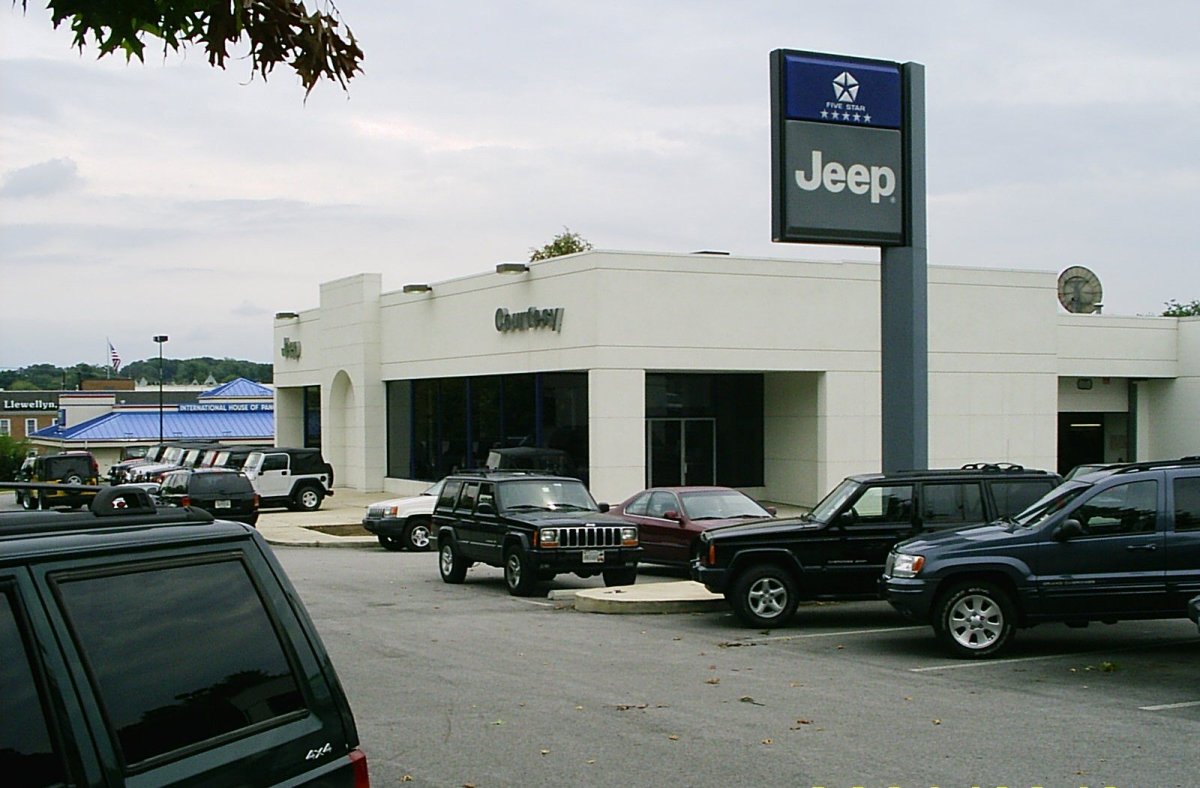A Time to Push, A Time to Pull

Correct Torque Gets Sales
Sometimes we forget how to get a job done requires the application of the right torque. If you turn a screw the wrong way, it won't perform the desired task. If you are trying to loosen a nut off of a bolt, and you turn it the wrong way, it tightens instead of loosening.
Business in general, is not a lot different. In sales, you may experience similar situations. Then in marketing, we find two basic strategies - push, or pull. Both are effective, some better for specific products than others. And both are expensive, that is why we need to evaluate the effectiveness of the proposed direction prior to applying any torque. We may just screw up instead of loosening up the wallet we have targeted.
Push Marketing
The most recognized form of sales is when a representative of a company, service or product shows up in front of a potentially willing buyer asking for an order, pretty simple really. The salesman attempts to push his product on an unwitting potential buyer of said product. The buyer either accepts or denies the sale, and life goes on. But there is often more depth involved in the transaction so I'll explore that a bit. Sometimes it seems a little trivial, so bear with me and try to find a nugget that has value for you own situation.
Selling and Marketing get lumped together all the time. Sometimes it is almost indistinguishable to the untrained eye for sure. There are differences, although in many companies Sales and Marketing are the same person! If the salesperson is doing their homework, much of what they are discovering about their company or products has come from the marketing department. Knowing your product, what it can do and cannot do, how it may be used and by whom all come from materials generated from the marketing department working with all other departments within the company.
Once the sales force is educated in the value proposition of the product to be sold, they can determine where they need to go to get the job done. Who is their customer - at least who will decide to buy what it is they are selling. Not trying to parse words, it goes to the earlier comment about getting another line deeper in the planning. If I am selling copiers for Xerox, and I am an employee of Xerox, most likely I won't be speaking to end users even though end users are technically still my customer. I will be working with Xerox distributors, trying to get them to do the inventory of Xerox products, promote Xerox over Kyocera copiers or whoever else is in the house. If I work for the distributor, the man or woman at the hospital on main street is going to be my customer.
If I am a car salesman, I know my products, my competition and why my car or truck is better than the competition's product. I know how my product (vehicle) is used best and by whom. I know you can't do certain things with my cars that you can do with other cars. And I "push" my product onto any potential customer that comes in the store. Some are more pushy than others.
Cars, copiers, nuts and bolts, safety equipment, software, may all be marketed through a push strategy. Salesman shows up with all the required support from knowing the product and its capabilities to knowing the competition and where it falls short. He makes his presentation and lays out how it should be used. Marketing supplied all of that material to build the push for the salesperson. This can be a very powerful, successful strategy and has been since the very first profession!
Pull Marketing
If you have ever listened to television, you have been exposed to "pull" marketing. That beautiful car with the luxurious soft leather seats, the way they hug the curves, and the power you can feel right through the tube makes you want to go to that dealership and buy that car...from the pushy salesman. You have just been "pulled" into a purchase. It works. It is very, very expensive. You must have a great value based product to make this plan work.
Social media and the internet have dropped the cost of pull marketing - to some extent. SEO knowledge is critical now, to reach the person searching for your products even if you are pounding it out with banner advertising, electronic ads and a Facebook page for the company, its products, a twitter account along with interactive web pages and a blog. Advertising in print media is going the way of the buggy whip. Similar advertising is available now in electronic version and can be more effective and certainly deeper with even more information.
Medical products require an interesting twist on marketing. Keep in mind, no matter how well a salesman sells a surgeon on using a certain piece of hardware for your knee or spine, the surgeon is banned from profiting from using that product - and no kick-backs are allowed anymore from the manufacturer to the physician. Yes, surgeons or general physicians used to profit by using or recommending certain products. But not any more.
So the push comes from the salesman. The pull comes from every continuing education class the physician goes to indicating improved patient results using XYZ bone screws. The push comes from the salesman showing he'll put the product on the shelf of the hospital on consignment and allow the hospital 60 days to pay. The pull comes from the hospital telling the doctor they are only going to allow 2 styles of bone screws - and one of them is the one on consignment with 60-days to pay. The push is that pushy salesman showing back up at the doctors office with a smile on his face offering further training on the use of the new bone screws the doctor is going to be using going forward. Cha-ching.
The Best of Both Worlds
Highly successful companies, large or small, know how to use both push and pull concepts to the best of their abilities. Pull works with products that the general public can utilize, like cell phone service or cable television. Pull works with branded products re-enforcing the brand and raising the awareness of "what and why" of certain products. Large companies may provide their distribution or retailers support by providing "pull" to get their products through stores.
While building that brand, being the salesman for the company engaged in pull marketing, the stage is set, expectations are already developed by the customer and when the first meeting occurs the customer has already decided to buy the product - almost. The salesman only needs to stay out of the way and answer correctly any questions that remain in the prospects way. This is a critical time and the best salesman will be very careful not to oversell what as already been sold. Ask for the order, it is right within your grasp. Just the right torque in just the right time. Sold!
The Inventurist








